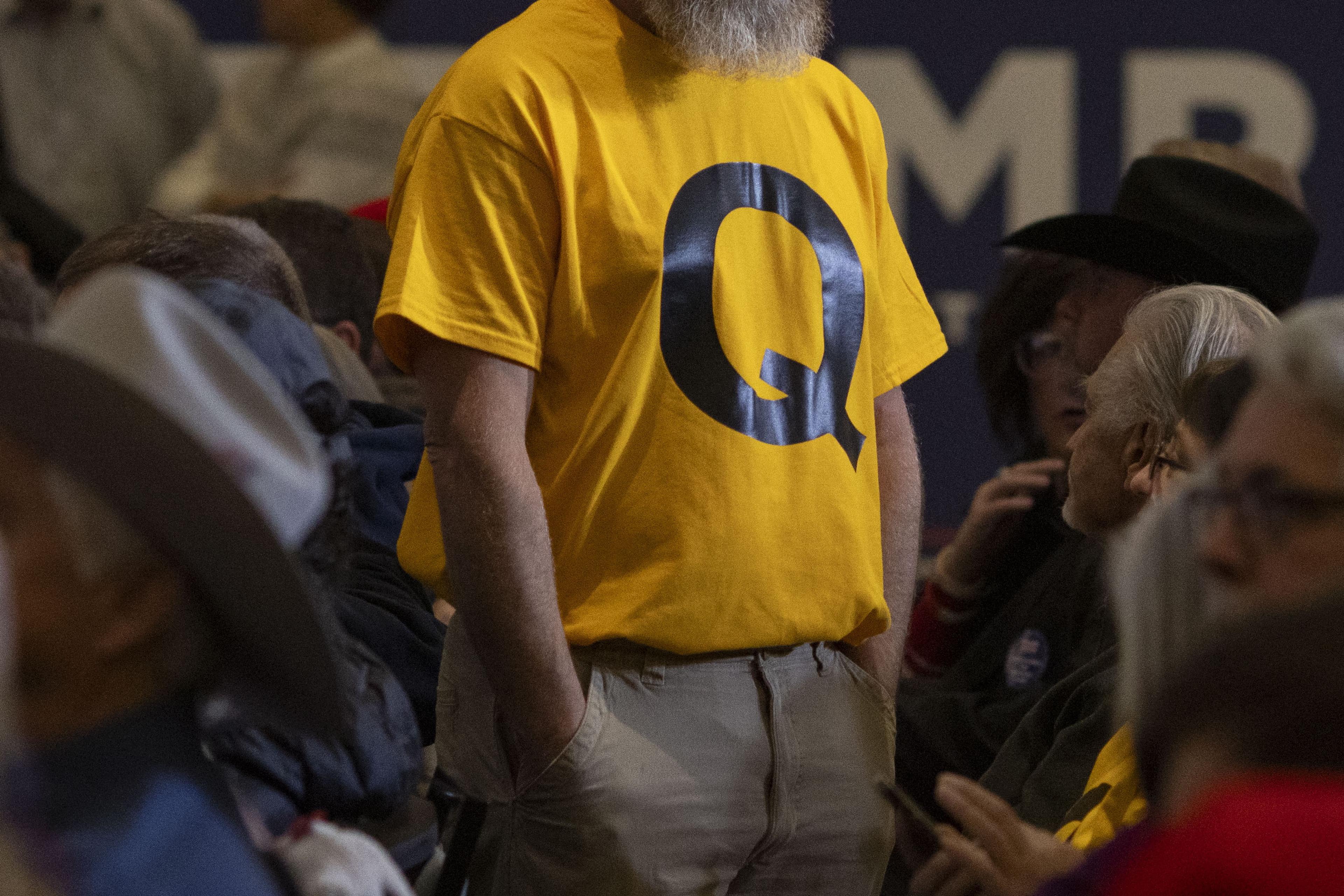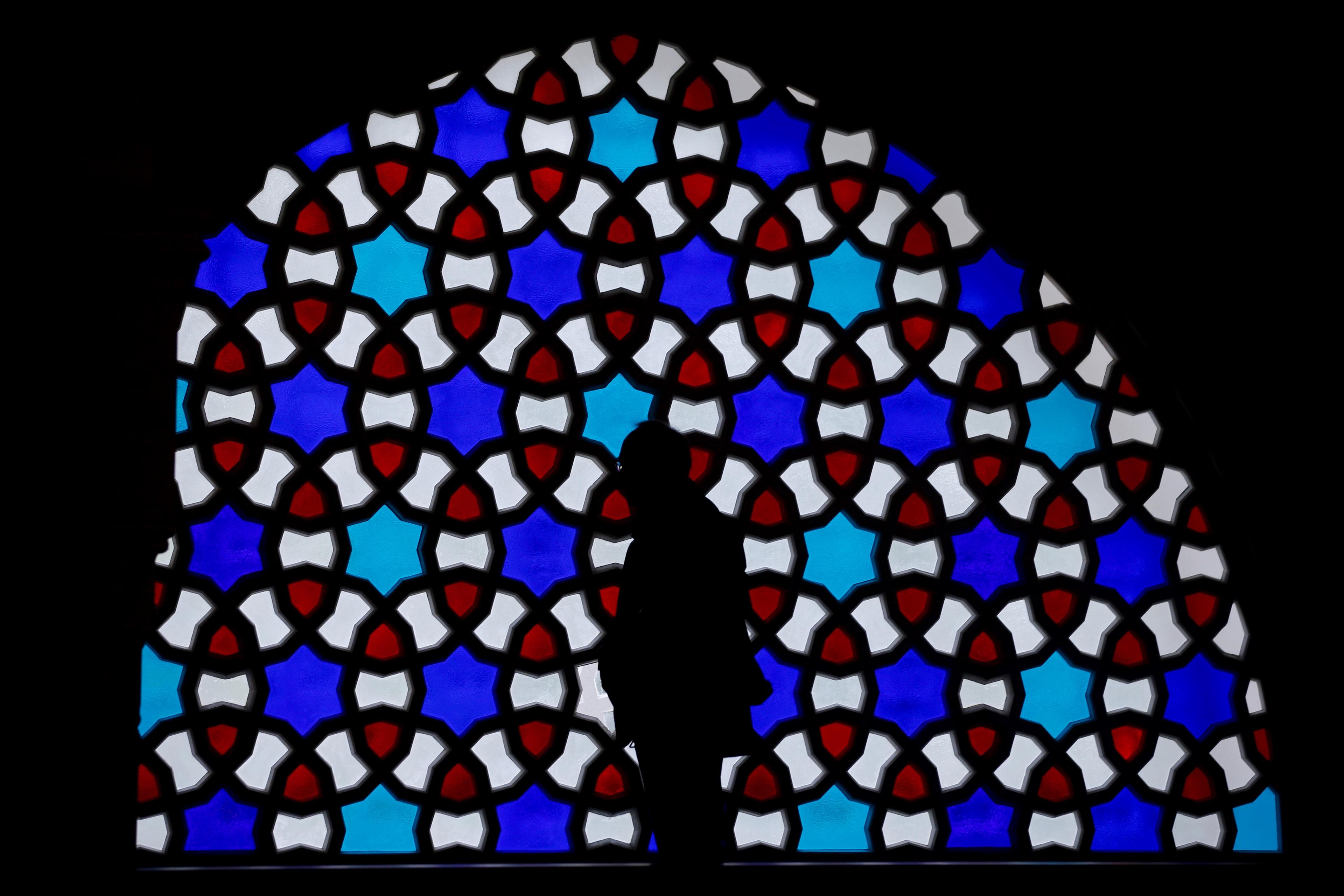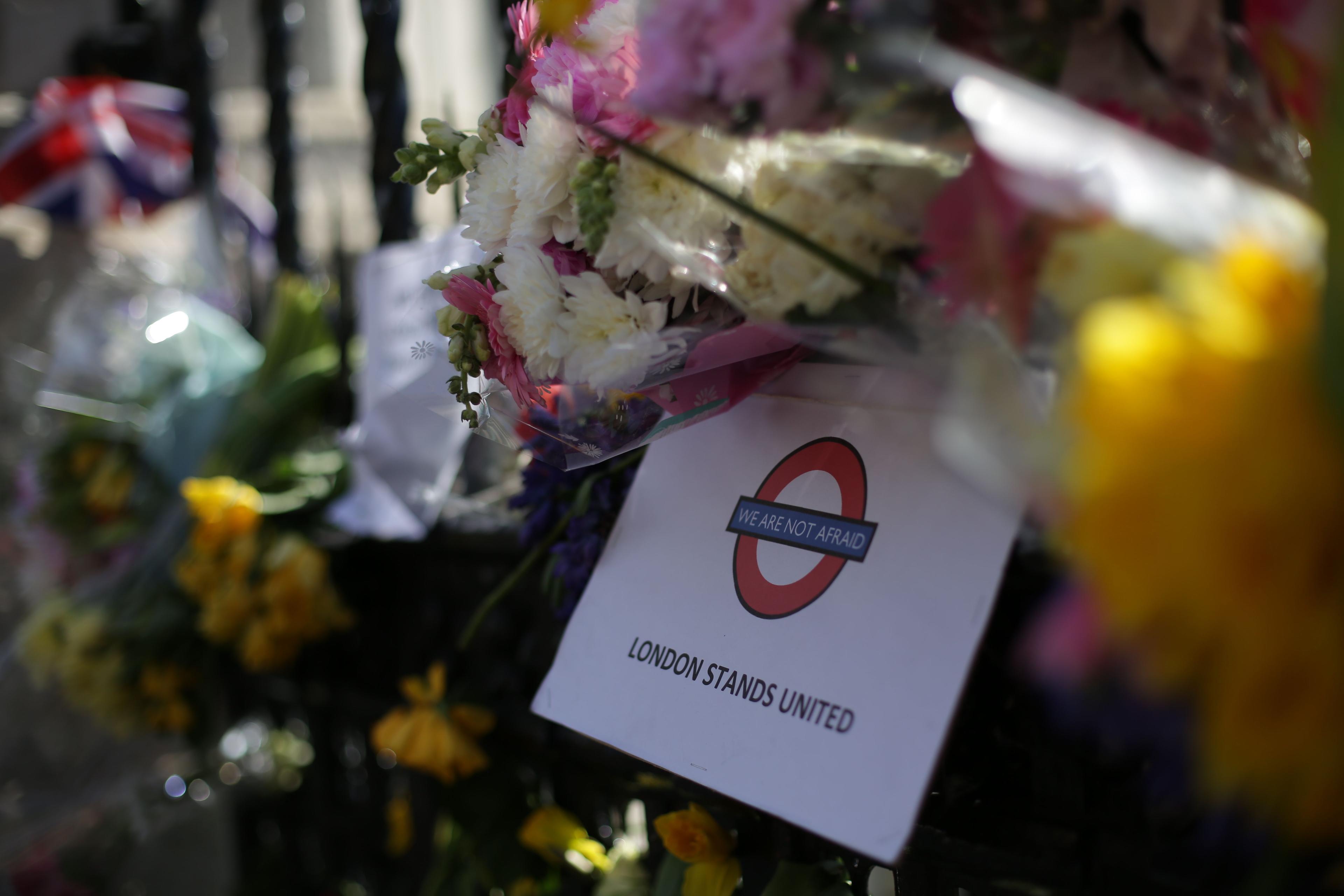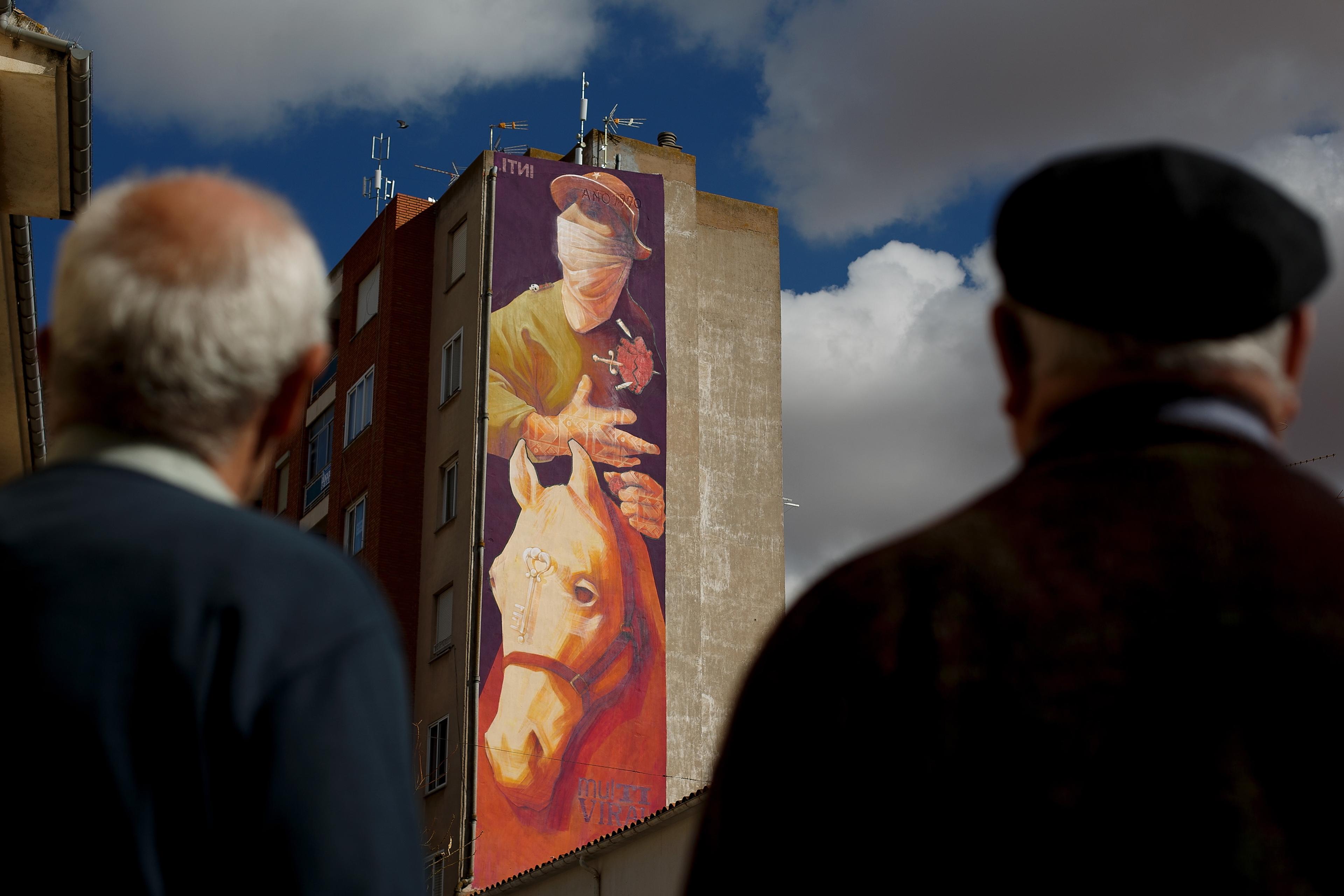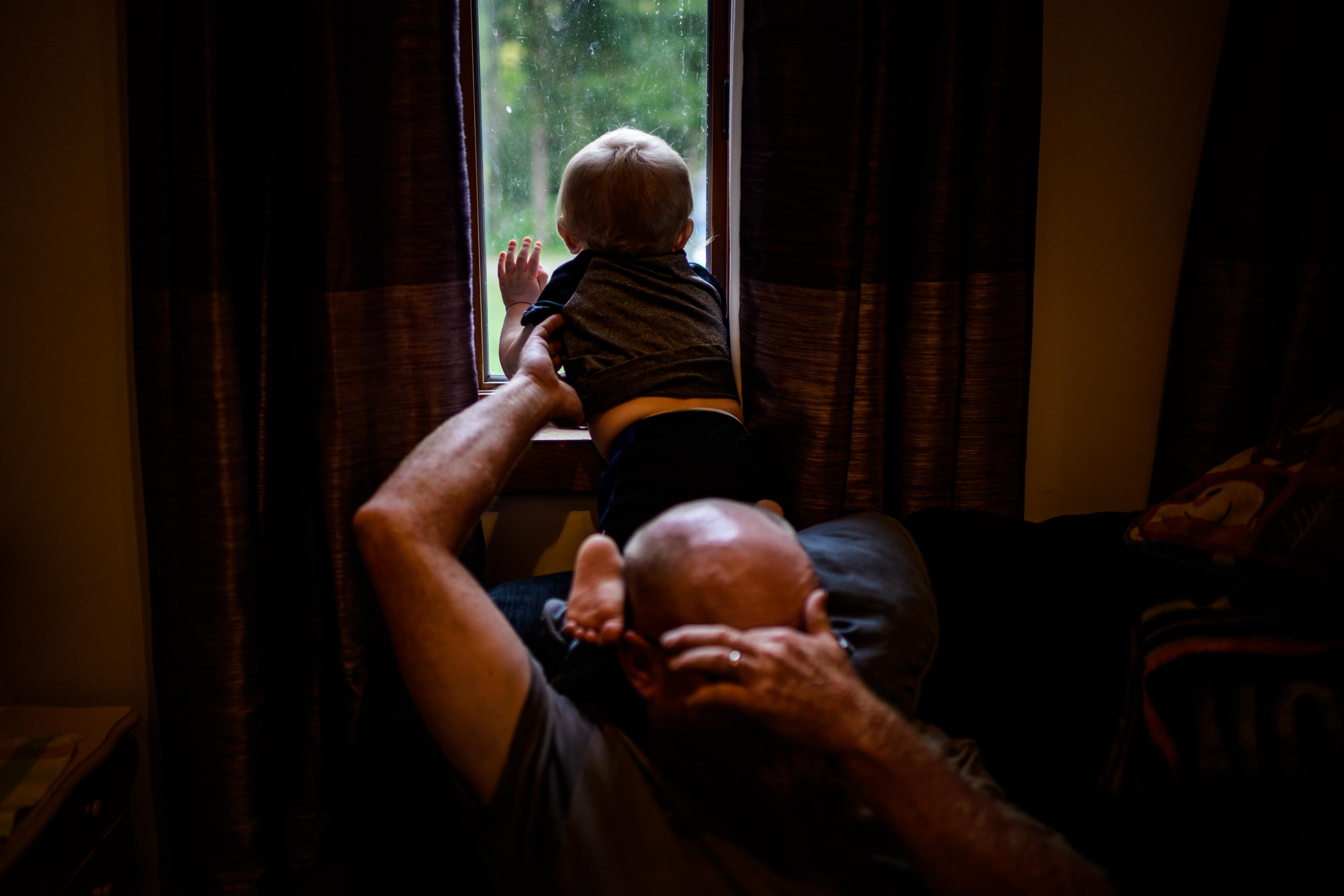If you try to picture a cult, you’ll probably imagine something quite dramatic: a charismatic leader, an outlandish belief system and perhaps even a tragic ending, such as the Jonestown Massacre of 1978. But as Richard Turner, a former cult member who is now a recovery therapist, explores in this video, cults – in essence, social groups that establish coercive control – often don’t fit the stereotypes, and don’t need to, in order to pose a threat. First, Turner clarifies what makes a group a cult, explains who tends to be most susceptible, and details why it can be so hard to break free. He then offers practical advice for protecting oneself from psychological control techniques and helping loved ones who may be affected by them.
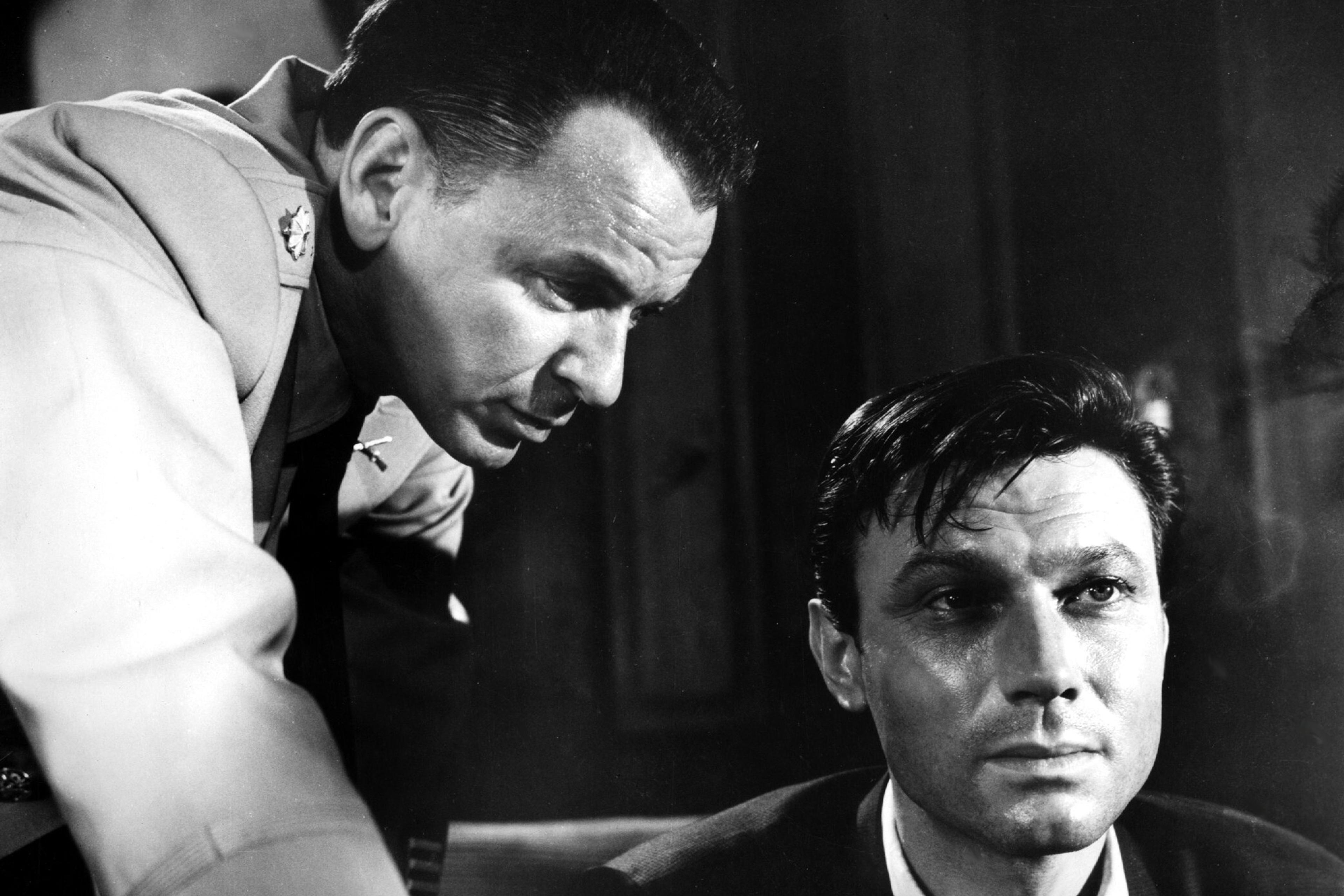
Brainwashing has a grim history that we shouldn’t dismiss
Scientific research and historical accounts can help us identify and dissect the threat of ‘coercive persuasion’
by Joel E Dimsdale


